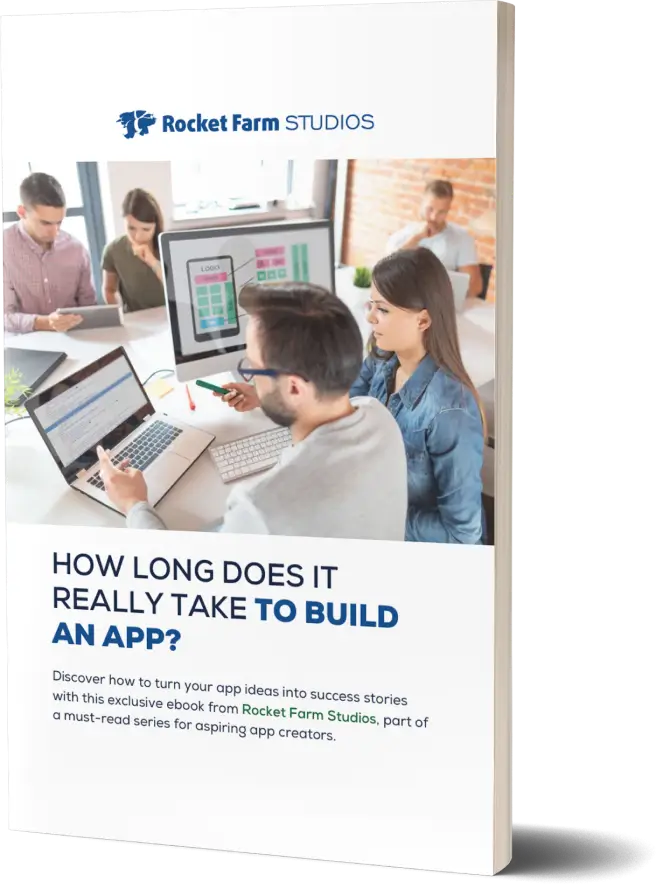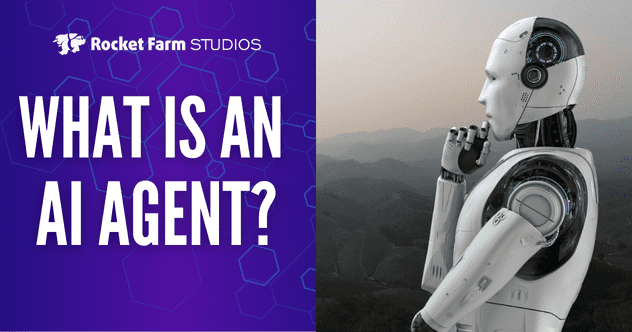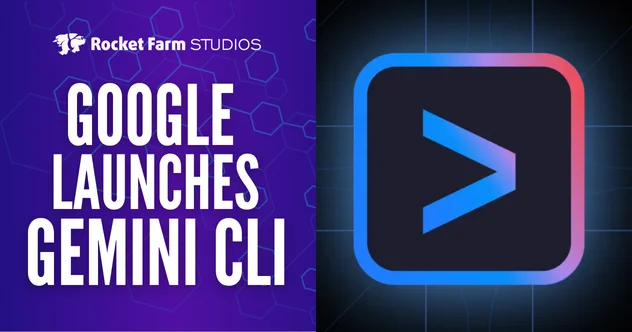Download our E-BOOK
What You Should Know About Apple’s Liquid Glass Design Language
June 9, 2025
by Hassam
At WWDC 2025, Apple introduced a major shift in its interface design philosophy through something called Liquid Glass. First rolled out with iOS 26, iPadOS 18, and updates to visionOS, this new design language focuses on depth, translucency, and responsiveness across Apple’s entire ecosystem.
You can read more from the official coverage here on Reuters, but below is a more practical breakdown of what Liquid Glass means for product designers, app developers, and user experience teams.
1. It’s Inspired by Spatial Computing
Liquid Glass pulls heavily from the spatial design language of the Apple Vision Pro. It introduces floating layers, subtle shadows, and visual depth that make apps feel like they exist in physical space, even on a flat display. It gives the user a sense of movement, separation, and presence in the interface.
2. Transparency and Gloss Replace Flatness
Elements in Liquid Glass feel like panes of polished glass that reflect light, bend color, and change appearance depending on what’s behind them. This creates a richer UI that reacts to context, while avoiding visual noise. It’s a big departure from the flatter visuals we’ve seen in recent years.
3. Context Drives Visibility
Inactive buttons, background tabs, and secondary elements are visually softened using blur and translucency. This makes it easier for users to focus on what matters. The interface subtly guides attention without being forceful or distracting.
4. It Affects How Interfaces Behave
Liquid Glass isn’t just about how apps look. It introduces new layout rules, gesture behaviors, and transitions that feel more fluid and intuitive. Modals now float more gently into view. Sheets slide up with more physicality. Buttons respond with more subtle feedback. It’s about behavior, not just appearance.
5. It Supports On-Device AI Experiences
With Apple Intelligence now being integrated into iPhones and iPads, Liquid Glass provides the visual space for suggestions, summaries, and proactive UI prompts to appear without overwhelming the user. Think of it as a quiet stage where AI features can show up and fade away without interruption.
6. Developers Can Build with It Today
Apple has released updated design components and developer tools to support Liquid Glass in both SwiftUI and UIKit. Developers building for iOS 26 or visionOS can start integrating the new motion curves, light effects, and material layers into their apps. The Human Interface Guidelines are being updated to match.
7. It’s Designed for Newer Hardware
Not every device will render Liquid Glass effects at full fidelity. iPhones and iPads with older GPUs may fall back to simplified layers or reduced animations. The full experience has been optimized for Apple Silicon chips and higher-refresh displays like ProMotion. Apple is encouraging developers to optimize for modern hardware.
8. Motion Feels More Natural and Less Robotic
Animations now have a softened curve, which makes transitions and interactions feel smoother. Scrolling between pages or switching apps comes with a new type of easing that feels less mechanical. Even small gestures like tapping a tile or pulling down a notification feel more considered.
9. Accessibility Is Baked In
Apple has made sure that the Liquid Glass experience supports contrast, scale, and motion reduction settings by default. It works in tandem with system accessibility features without breaking consistency. Developers are expected to test their designs with these settings turned on to ensure usability for all users.
10. It’s Apple’s Visual Language for the Future
This is not a trend. Apple is aligning all platforms around Liquid Glass to make it easier to create apps that feel native across iPhone, iPad, Vision Pro, and Mac. It gives product teams a single design direction to follow, especially if they want their apps to feel modern across the entire Apple ecosystem.
Final Thoughts
Liquid Glass introduces a cleaner, more responsive visual style, but it also changes how apps handle depth, motion, and layering. If you’re working on apps for iOS 26 or VisionOS, it’s worth reviewing your current UI to see where these new patterns might fit.
Apple has already released developer tools and updated guidelines, so you can start experimenting today. You don’t need to rebuild everything, but aligning with these updates can help keep your product feeling current.
Ready to turn your app idea into a market leader? Partner with Rocket Farm Studios and start your journey from MVP to lasting impact.”
Related Blogs
Download Our Free E-Book
Whether you’re launching a new venture or scaling an established product, Rocket Farm Studios is here to turn your vision into reality. Let’s create something extraordinary together. Contact us to learn how we can help you achieve your goals.




